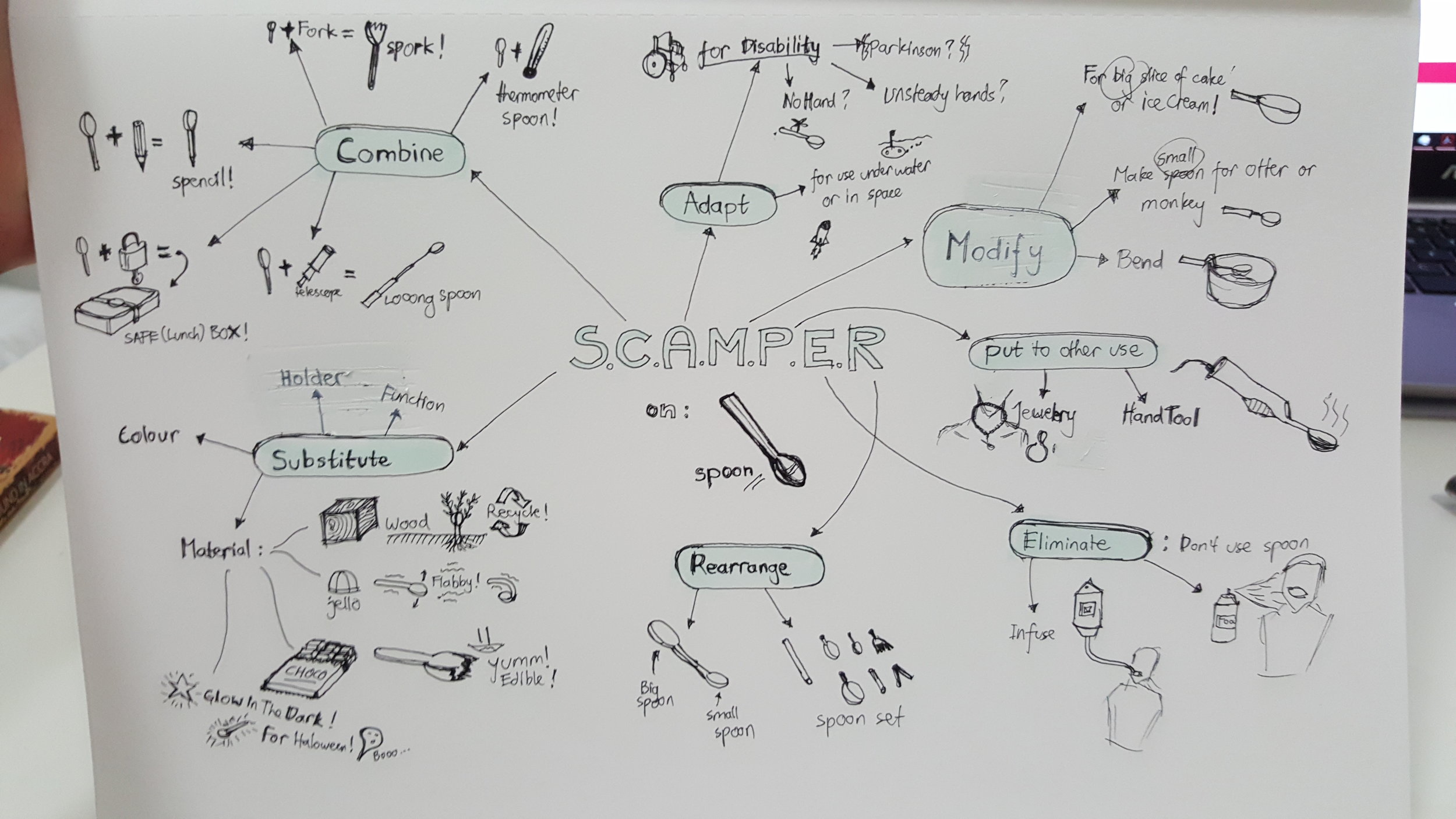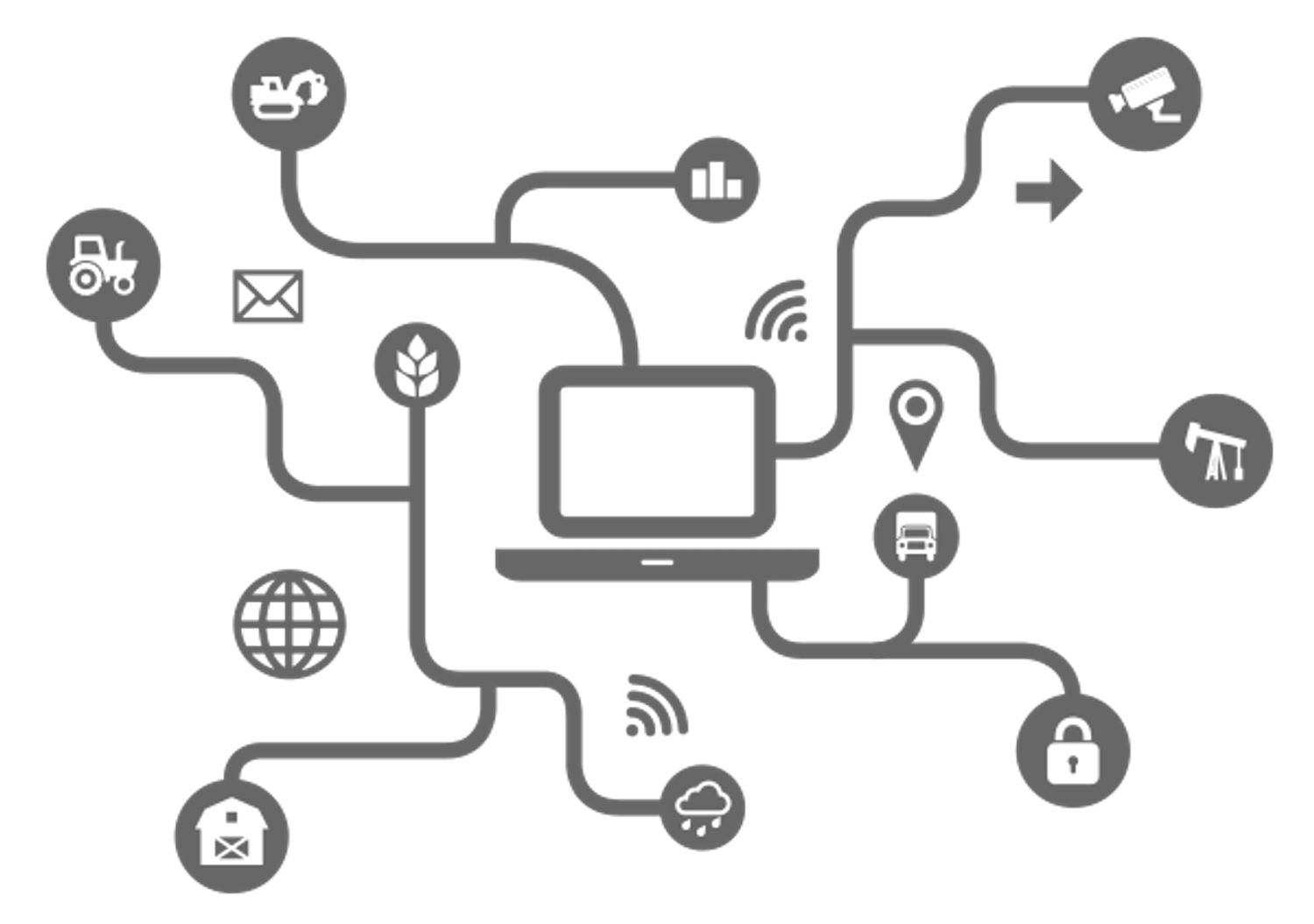Airbus’ new concept , the “Bird of Prey” illustrates the potential of using biomimicry in aviation design to aid in boosting fuel efficiency.
Read MoreInnovations that arose from the Apollo program: In honor of the 50th anniversary of the Apollo mission
A homage to the Apollo 11 mission half a century ago by going through some innovations which have resulted from the technologies and research carried out during that mission.
Read MoreTo the next design intern
To the next design intern,
The term “design lead” may sound like a very glamorous role. Like most eager interns, I couldn’t wait to be given the opportunity to lead a design project. Little did I realise how much work it took for the role. From my first-hand experience leading two consecutive design projects, I can honestly say that it is not the case. It is true that as design lead you have the most power in affecting the final design but as the great Benjamin Franklin Parker once said, ‘with great power comes great responsibility.’
Design Intern hard at work
Try not be too eager to lead a project. It was a very humbling experience for me as I realised that being a good design student does not necessarily mean that you will be a good design lead. Take your time in shadowing different projects and learn from different design leads. Observe how they plan a project and see how meticulous they are in executing it. This step is important as it gives a layout on how you should run a project when the time comes for you to be a design lead.
Once you become a design lead, take your time to understand the scope and requirements of the project from the client. Remember, it is always better to take down more notes rather than taking down too little. Clarify any doubts you have before you start the project it will allow you to plan and allocate your time accordingly.
It is very important for a design lead to have foresight, the ability to foresee what challenges you might face when completing and allocating the appropriate time to complete. This honestly requires a lot of experience and in most cases you’ll end up staying at work later to complete it ( mostly due to bad time allocation). Don’t worry if this happens, it happens to most of us. Just push through and you’ll be fine! Alternatively, during the planning phase, get help from the more experienced design leads to take a look at your project timeline. They’ll most probably be able to spot whether you’ve placed proper thought in the allocation of time for different tasks.
The people working in the office is your biggest asset. After understanding your scope and requirements and setting up a timeline, find ways to delegate certain tasks to your colleagues. Not only will this make use of the limited time of the project effectively, but also having people from different fields helping the project gives you different insights. Don’t be too egoistic or scared to delegate the work. A good designer knows their capabilities and understands that if a design is to be good, they have to delegate certain tasks to ensure that the design is of the best quality.
Which brings me to the next point of being decisive. When you have more people helping in the project, it is impossible to keep to the original design entirely. This is where your decisiveness and your knowledge comes in. As a design lead, you must remember that the reason why you have the most say in the design is because you have the best understanding of the design scope and requirements given by the client. Politely take in any suggestions or feedback given by others and only choose to make changes if you feel it is justified based off the requirements.
Lastly, don’t forget to have fun and don’t be too hard on yourself, you’re only human! Being a design lead is not easy, especially if it is your first time. Just give it your all, and you’ll be fine. Don’t be afraid to ask for help, it is what the team is for after all!
Take care I believe in you.
With love,
Syam Hussain (Best sander June-2019)
PS: Congratulations on wasting 5 minutes of your allocated project time, back to work!
Powering up wearable technology using flexible generators
The future of wearable tech due to the development of flexible nanogenerators
Read MoreCoffee cups for cosmonauts: The difficulties of drinking in outer space and the cup created to circumvent this problem
“The simple innovation of this small cup has resulted in the convergence of science, technology and design.”
Read MoreHow Modern Tech has Contributed to Better Daily Life
“ How does modern technology impact product design”
Read MoreXiaomi: Balancing Cost and Design
“ How does Xiaomi manage to balance its product design and costs”
Read MoreThe Nimb Ring – Integrating Tech and Fashion
“ How can modern product design techniques be integrated in wearable tech “
Read MoreCollaboration, not Compromise
How modern product design and development techniques can be used when developing future modes of transport
Read MoreHydroponics in Urban Settings
Modern methods of farming due to modern design techniques
Read MoreTrends in Tech and Corresponding Complexity Levels
How modern technology is influenced by newer product design techniques
Read MoreFigure 1 - Khoirul enjoying his (brief) stay in the hammock
Designing for Failure
Why designers should aim to fail
Read MoreInnovation in the Age After Deep Learning
Modern trends in deep learning
Read MoreWatertight Design Guidelines
Product design and development regarding a watertight container
Read MoreAI on Creativity
How artificial intelligence can be creative
Read More3D Printing for Home Users
The basics of 3D printing in product design and development
Read MoreProduct Design 101
Preparing to give a presentation on product design for a hackathon was the best opportunity to gain fresh perspectives on my basics.
Classic example on S.C.A.M.P.E.R. Diagram
I decided to open the presentation with a classic example of SCAMPER diagram of the design of a spoon. Design is an iterative process of idea generation and elimination. If brainstorming does the idea generation randomly by association, SCAMPER technique does it systematically. I proceeded to let the participants to get a taste of both before they dive into the hacking actions.
Stepping out of the freezing hacking space, I asked the participants to take notice that everything around us are designed. Some are designed well, some are not so.
It helped that the hacikng space is surrounded by whiteboards. Both the participants and the mentors were happy to fill them with ideas, good points, critics, and feedback notes. I love post-its so much!
This was my view when we are just starting. Empty white boards, sleepy people just waking up in the morning. Fresh starts!
We the mentors did a little bit of data analytics on the topics and the stages of the groups. if we didn't stop ourselves, probably we would have ourselves came up with an app to optimize this process.
Some of the creative works we did in the middle of our mentoring.
Connected Sensor Nodes with machines as the users.
Link: http://bit.ly/2oz7OZH
designing sensor-system for big machineries
How to design a sensor system for big machineries
Read MoreDesign Requirements
Designing, like a fluid, doesn’t flow in vacuum. Fluid behaves like how it is on earth due to a combination of gravitational force, pressure differences, temperature conditions and the shape of the earth rocks. Likewise, design needs a set of limits and rules to define its universe. Change the rules even a little, and the balance will be thrown off and we might not even live through to tell the difference.
If each design is analogized as creating a new universe, gathering the requirements is like defining its law of nature. There is no point in painting planet’s landscape if an added semicolon might wipe off the entire galaxy. I do not start designing until the requirement is set in stone, to emphasize how important the requirements are to a design.
My mentor once said, that understanding of the problem is one skill that differentiate good designers and the great ones. In my experience, a problem is unsolvable only because it is not understood properly. A completely deep and thorough understanding is like a fully defined river banks, which enables the design to flow so effortlessly to find the solutions at the end of the process.
Gathering the requirement is an art on its own, as the designer usually is not part of the universe that is to be created for the clients and their users. This is where the designer needs to have a far-reaching emphatical heart, paired with observant eyes to gather what would work for the clients and users. This is the core of user-centric design philosophy popularized by IDEO’s Tom Kelley. Personally, I think the understanding of the users should be done even before designing begins.
Requirement is also useful to separate the designed universe from the designer’s own preferences and styles, to ensure that the designer can create what is truly best regardless of his/her own personal choices. From this perspective, the act of designing is very similar to that of acting, where one needs to kill his own ego to fully take on the role of a hero, an assassin, a villain or even a demon. A very selfless profession albeit the highlight and glory given to the few celebrated ones.











